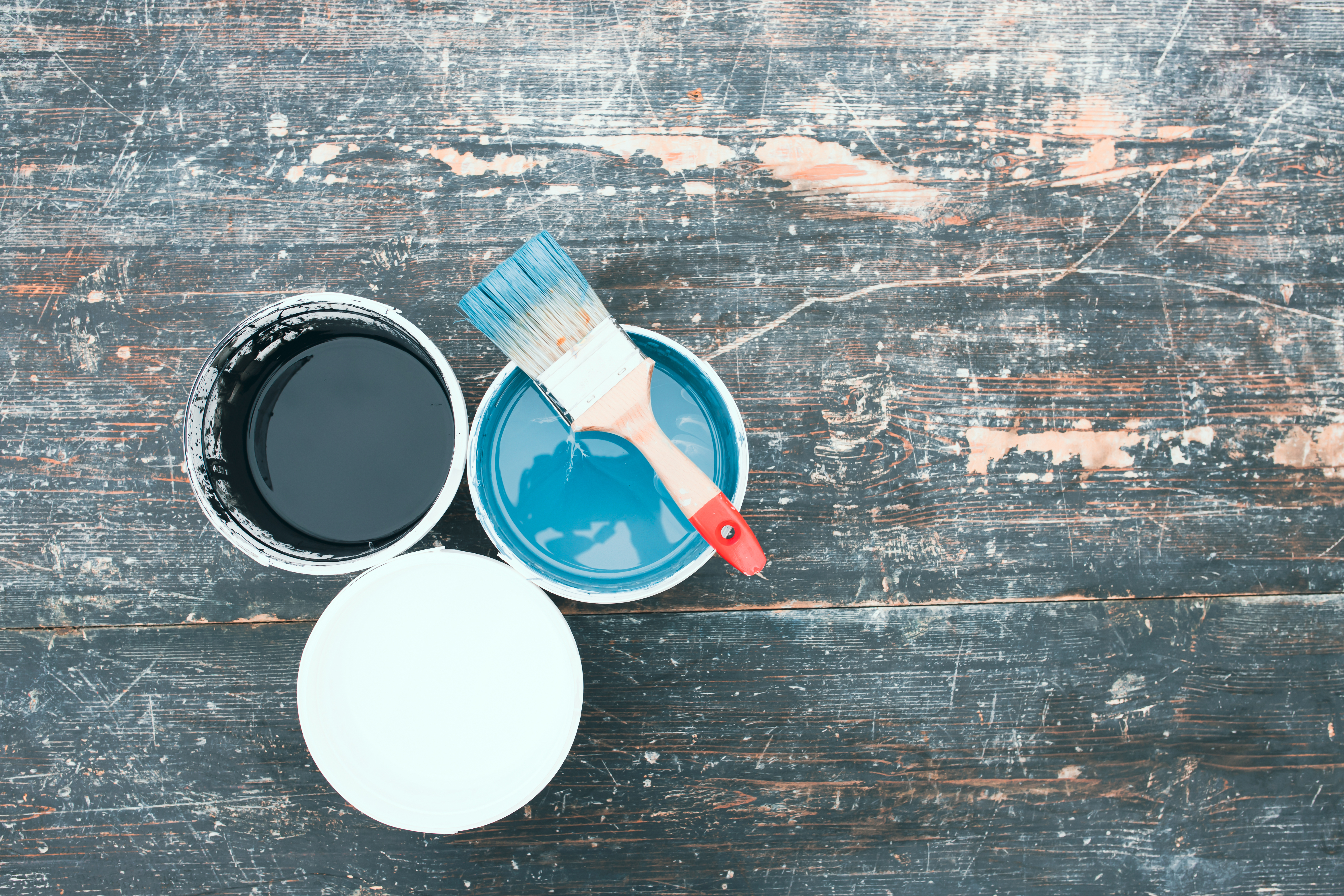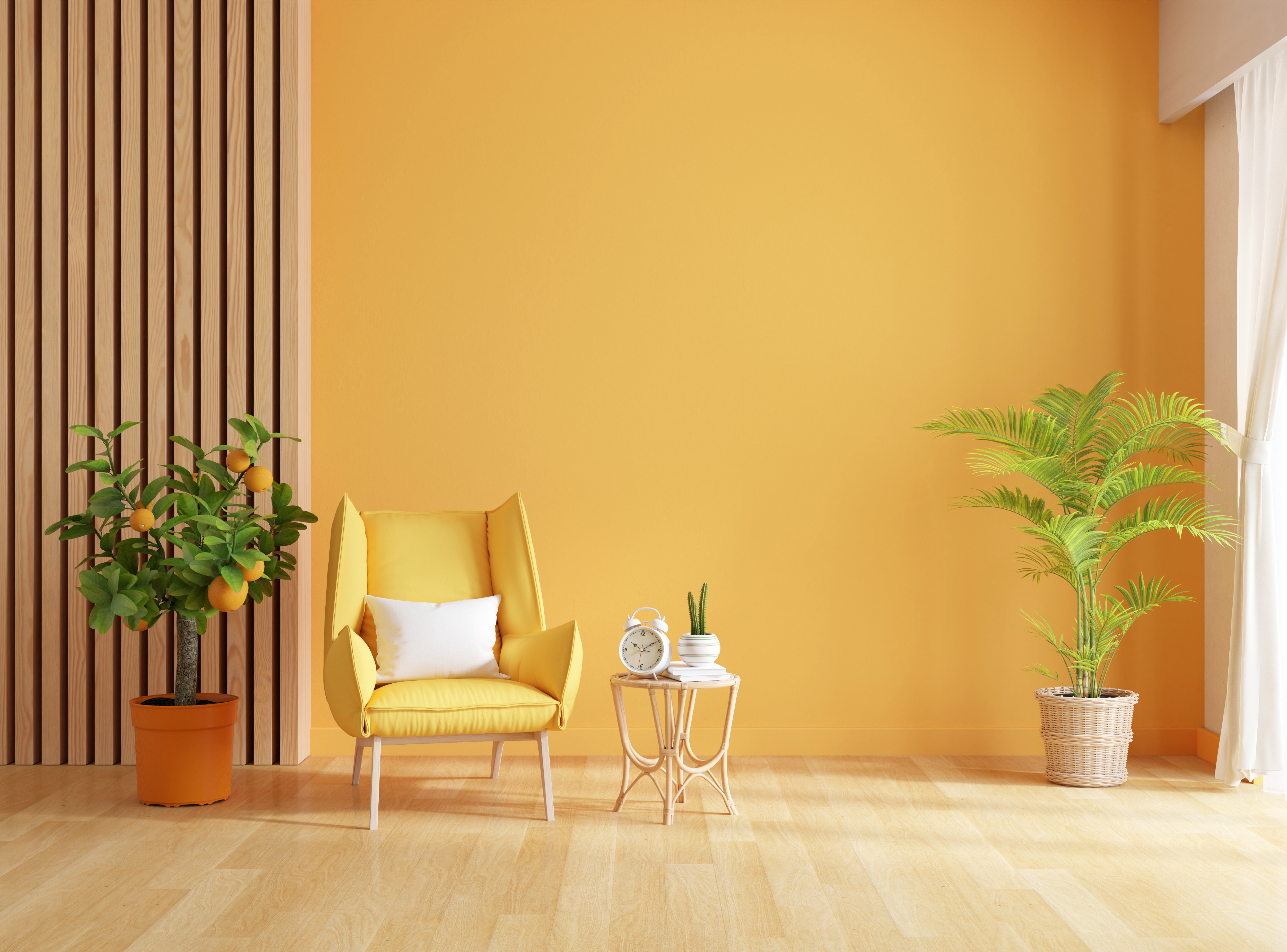
Think beyond paint with the best coverage. Think of textures and finishes!
Texture and finish can powerfully impact a space, whether a home, a building, or a product. Beyond creating a tactile and visual sensation, texture also allows you to add depth and dimension to a space. Mix and match—from faux finishes to metallic effects—visualise how to create stunning, unique interiors that captivate the eye and redefine the overall design aesthetics.
Guide to Creating Unique Interiors with Texture & Finishes
1. Through Walls:
Showcasing exposed brick walls or cladding the walls with stone will infuse your designs with a timeless yet contemporary rustic and earthy texture. Wood panelling, smooth and glossy or rough and raw, brings in a texture that softens and elevates the room. Textured finishes or materials of this element, such as stucco or lime wash, add interest to an otherwise flat wall. Wall treatments offer endless possibilities to craft unique interiors, drawing from a rich spectrum of styles, textures, and finishes.
2. Texture through floors:
Excellent, tactile flooring, such as terracotta tiles, granite, and marble, is standard in traditional Indian homes. Such materials add a touch sensation on top of looking good under your feet. Think of the fretted screens of square lattice worked into Indian palaces or the raised relief patterns on ancient temples. These historical elements are not solely about decoration—they’re about creating an experience that engages the senses with textures for projects.

3. Texture through fabrics:
Coming from rich cultural traditions about textile crafts in India, fabrics and textiles are one of the simplest and best approaches to using texture for unique interiors. From the luxurious silks of Varanasi to the rustic charm of handwoven Khadi, we have a varied and rich history of textiles. Silk and luxurious velvets can be perfect for transforming a space into a rich, plush space. It brings a soft, tactile element to your interiors on curtains, cushions, or upholstery. Fabrics like Cotton and Linen are naturally the first choice to create a light and airy atmosphere. They complement summer homes and evoke that feel of freshness and simplicity. On the contrary, Jute and Khadi can bring a rural, earthy sense. Jute rugs or khadi cushions are both sustainable and chic.
4. Tips & Tricks:
A little off-beat knowledge will help you experiment and bend a traditional approach's rules. Read on to grasp a few concepts that will lend you a perspective on using textures for projects.
Visual Texture refers to the physical appearance of a surface. An example is the marble print in wallpaper; though it may look smooth, the visual effect of such a pattern creates the feel of texture in interior design.
Tactile Texture: This refers to the feel of the surface. Some perfect examples include a rough brick wall, a velvety soft cushion, or a rugged jute rug—one feels the tactility of texture.
Layering: Mix and match textures like smooth silk cushions with a rougher woven throw to create dimension and interest.
Contrast: Create focal points with contrasting textures. The softness of a smooth plush carpet under a wooden coffee table or a jute runner over a polished dining table can make the textures pop.
WHY ARE TEXTURE AND FINISHES SUCH AN IMPORTANT ELEMENT OF INTERIOR DESIGN? THEY ADD DIMENSION AND VISUAL INTEREST TO THE SPACE. TEXTURE AND FINISHES ENGAGE THE SENSES AND MAY DRAMATICALLY SHIFT THE MOOD OF A ROOM, MAKING IT MUCH MORE DYNAMIC AND INTERESTING. THIS SPECIAL ARTICLE OFFERS TIPS AND TRICKS TO INTRODUCE DRAMA AND THEATRE INTO YOUR INTERIORS THROUGH HIGH-COVERAGE PAINT AND OTHER ELEMENTS.



